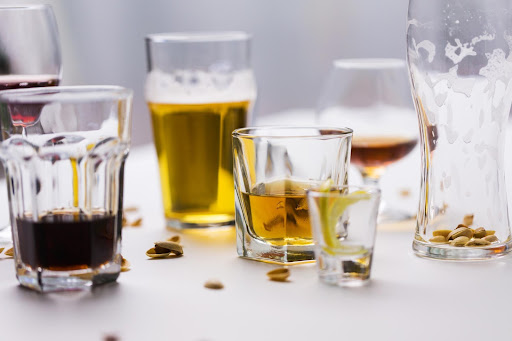Is it worth your life? Or the life of someone else?
It might sound cliche, but it’s true. Drink driving is the major factor in 30% of all fatal car crashes in Australia. The best way to keep yourself or someone else from joining this statistic is to know your limits and avoid drunk driving.
What are the legal limits in Australia? How do you know when you’ve reached your limit? Let’s take a look.
The Legal Limits in Australia
Alcohol slows your reaction time and impairs judgement, which can make driving a vehicle or operating heavy machinery dangerous. Law enforcement and the courts use a measure called Blood Alcohol Concentration (BAC) to determine an individual’s ability to drive after drinking.
BAC refers to the amount of alcohol present in your bloodstream. The more alcohol, the more inhibited you are and the more dangerous it can be to drive.
Australia has three legal limits and it is your responsibility to know which one applies to you. According to the experts at Riviere Law, claiming that you didn’t know won’t hold up in court as a defence for drunk driving.
The highest limit is 0.05%. This indicates there is 0.05g of alcohol per 100ml of blood. In some cases, lower limits of 0.02% and zero apply.
The limit of 0.02% applies to public transport drivers including bus and taxi drivers. It also applies to drivers hauling hazardous materials or driving big vehicles larger than 13.9 tonnes.
Learner drivers, provisional 1 or 2 drivers, or international drivers with an equivalent licence are not permitted to have a BAC above zero.
How Many Drinks Is Too Many?
BAC is an objective measure of how much alcohol is too much. However, the number of drinks needed to reach a certain BAC is wildly subjective, making it very difficult to keep track.
Even so, there is a common rule of thumb that people often talk about. To keep your BAC under 0.05% stick to no more than two drinks in the first hour and one drink for every hour after.
But BAC varies too widely for this to be a good rule to follow. Curious about why? Let’s break it down.
Factors That Affect BAC
The first issue is that there are various factors that can greatly affect how quickly your BAC will rise.
People with more body mass have more blood than smaller people. Thus, their blood alcohol level rises more slowly. Body composition also plays a role and people with a higher fat to lean muscle ratio (i.e. women as compared to men) will note a faster rise in BAC.
The health of your body also has an impact. If you have a healthy liver you will note a slower rise in BAC because your liver filters the alcohol out more quickly. On the flip side, if you feel unwell or tired, your BAC will rise faster than when you are feeling 100% well.
If you have a meal with your drinks, your BAC will rise slower than drinking on an empty stomach because the alcohol won’t get absorbed into your bloodstream as quickly. However, don’t believe the myth that eating while drinking can prevent you from getting drunk.
Finally, if you drink on a regular basis, your BAC will rise more slowly because you have built up a tolerance.
The Size of Your Drink
Now, consider the size of your drink. We like to talk about standard drink sizes, but the truth is that drink sizes vary considerably. In an attempt to help, alcohol packaging in Australia is supposed to be labelled with the equivalent number of standard drinks contained in the package. This helps, but how many people actually pay close attention to it?
Plus, in many cases, you’ll never see the package your drink came in. When you drink at a restaurant or bar, your drink usually comes dressed up in a glass with fruit slices or mint leaves on top. The bottle or box it came in is nowhere in sight.
Now picture the glasses you’ve seen at restaurants and bars. The size varies considerably. Even wine glasses range in size from 100ml to over 280ml!
The Concentration of Alcohol
Aside from the size of the glass, the alcohol concentration of different types of drinks is all over the map. A standard beer typically contains about 5% alcohol. But when you go in for a mixed drink, the vodka that’s being added probably contains about 40%!
How do you know how many drinks each one actually counts for?
The Safe Way to Drive
In reality, the safest way is to avoid drinking before driving. If you want to go out for a fun evening, plan to take public transportation or call a taxi to get home. Don’t stress about counting drinks, there isn’t a good way to do it anyway. And keep yourself and others safe by staying off the road when you could be compromised.
